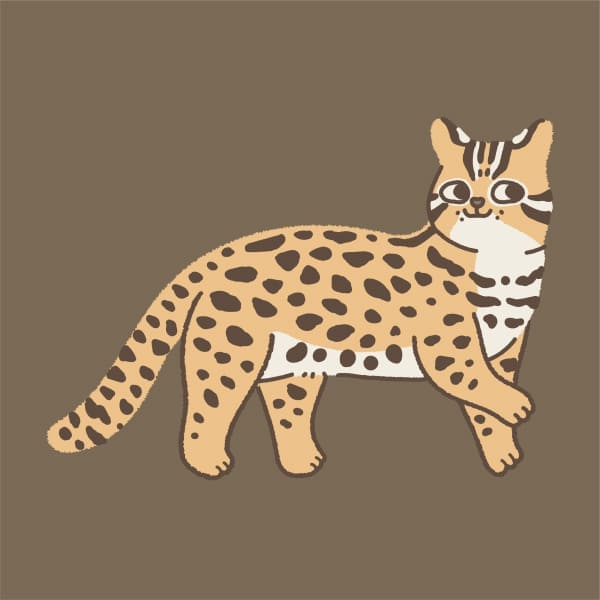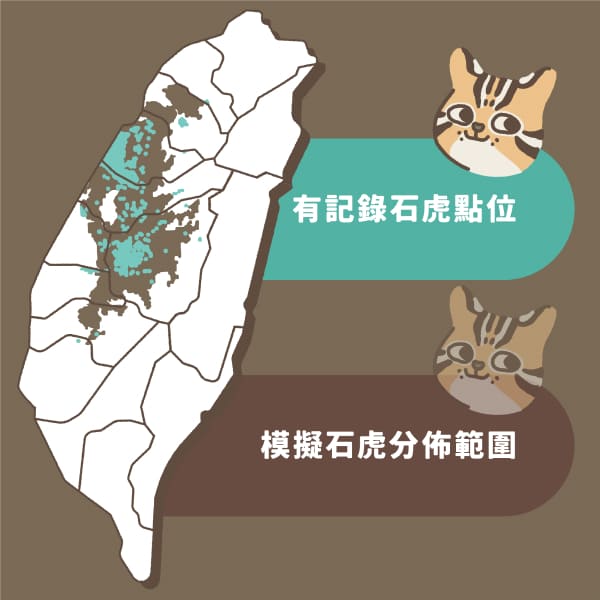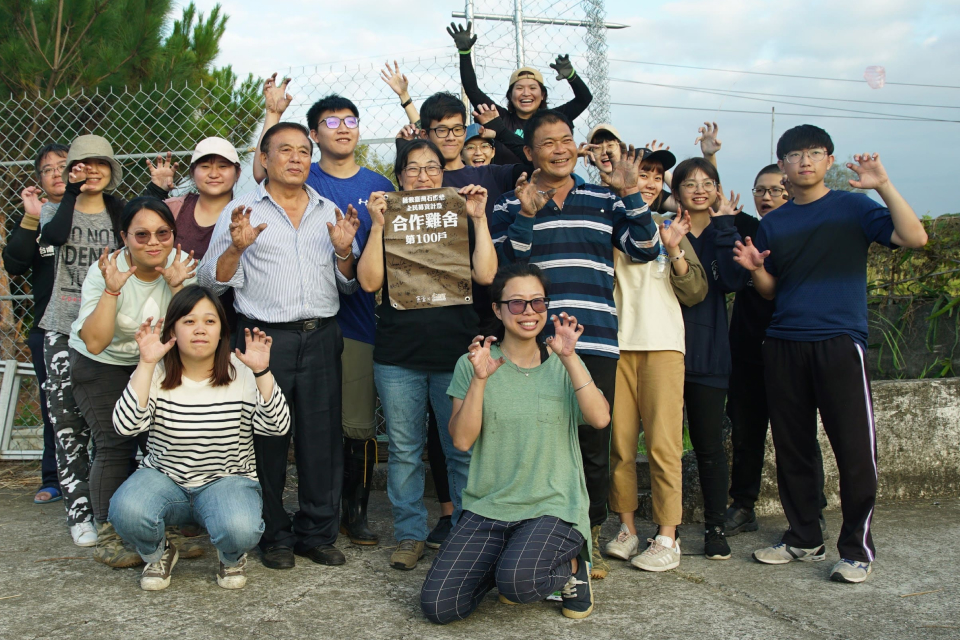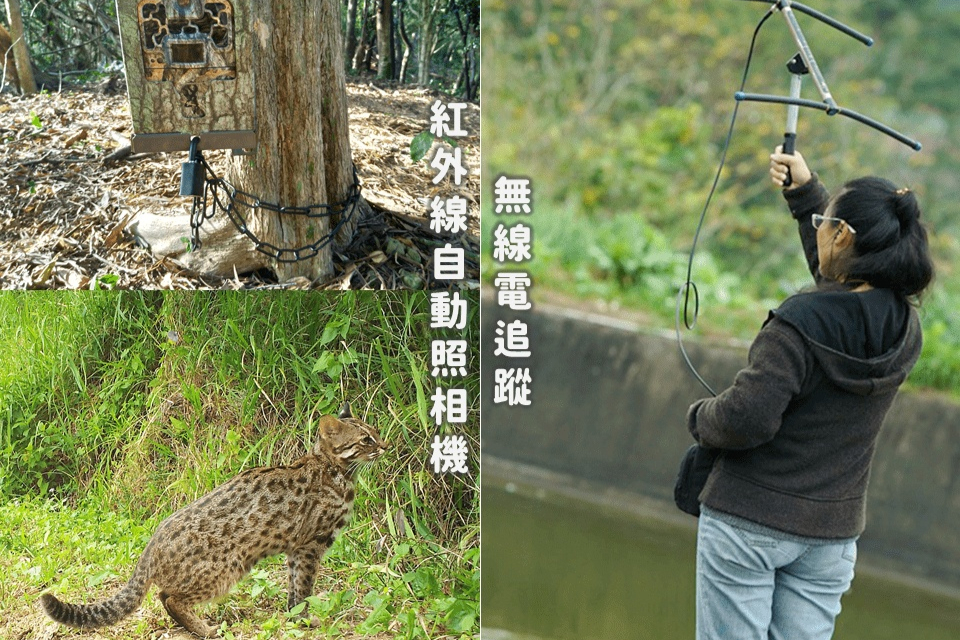Protect Taiwan’s Endangered Leopard Cats Before It’s Too Late
Less than 500 Formosan leopard cats remain in the wild. Your support can help save them from extinction.
Discover Leopard Cat
A secretive and elusive species, the Formosan leopard cat is Taiwan’s only native wild feline. But habitat loss and human activities are driving them towards extinction.

Introduction to the Leopard Cat
The Leopard Cat (Prionailurus bengalensis) is a small wild cat native to East and South Asia, and it is the only wild cat species still present in Taiwan. Although not endemic to the island, it plays a critical role as the top predator in Taiwan's lowland ecosystems, making it an important keystone and umbrella species. The Leopard Cat is classified as Endangered and is listed as a First-class Protected Species in Taiwan. Unfortunately, in recent years, its population has been rapidly declining, with its distribution and numbers increasingly under threat.
How to Identify a Leopard Cat
The Leopard Cat resembles a domestic cat but has a shorter muzzle, rounder ears, and a longer body and limbs. It measures 55-65 cm in length, with a 27-30 cm tail, and weighs between 3-6 kg, with males being larger than females. Its coat ranges from brown to yellow-brown, covered in coin-sized dark brown spots across its body and tail. Notable features include two white stripes on its forehead and around its eyes, round ears with black and white spots on the back, and a short, bushy tail.


Where Are Leopard Cats
It is estimated that there are around 468-669 Formosan Leopard Cats left in Taiwan. They mainly inhabit lowland areas below 800 meters in elevation, including primary broadleaf forests, disturbed secondary forests, acacia forests, grasslands, and even agricultural lands such as plantations and orchards. These areas are often in close proximity to human settlements. Since 1986, the leopard cat population has rapidly declined. Recent surveys show that stable populations remain in Miaoli, Taichung, and Nantou, while Hsinchu, Changhua, and Chiayi only have sporadic records.
About Us
Leopard Cat
Association of Taiwan
Founded on October 8, 2017, the Leopard Cat Association of Taiwan was established through the efforts of Dr. Mei-Ting Chen—fondly known as the "Leopard Cat Mom"—and a dedicated group of supporters.
The association is committed to protecting and studying the endangered Leopard Cat, a Category I protected species in Taiwan. Through conservation efforts, research, and public awareness initiatives, association seeks to engage the public in safeguarding this rare species. Looking ahead, the association aims to collaborate internationally, sharing research and conservation experiences with other countries working to protect small wild cats like the Leopard Cat.
Our Work
Working to Save Taiwan’s
Endangered Leopard Cats

Protect the leopard cats and its natural habitat

Educate people to live peacefully with the Formosan leopard cats

Conducting ecological research on the leopard cats

Engage in policy and advocacy for the leopard cats
Our Volunteers
Passionate People
Making a Difference
We recruit two types of volunteers: Education & Outreach Volunteers, who complete training to lead public awareness efforts, and General Service Volunteers, who help with habitat conservation, chicken coop improvements, and eco-friendly farming.

